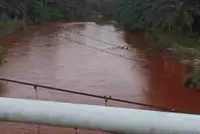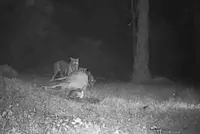The picturesque white sand beaches of Redang have long been a popular draw for tourists. - Photo courtesy of Mukherjeesaikat (CC BY-SA 3.0)
LOVED by tourists and locals alike, Malaysia boasts many beautiful white-sand beaches, especially on the east coast of Malaysia and in Sabah.
From the islands of Redang and Perhentian to Sipadan and the Tip of Borneo in Sabah, travellers flock to our beaches and fall in love with its beautiful powder white sands.
Already a subscriber? Log in
Save 30% OFF The Star Digital Access
Cancel anytime. Ad-free. Unlimited access with perks.





